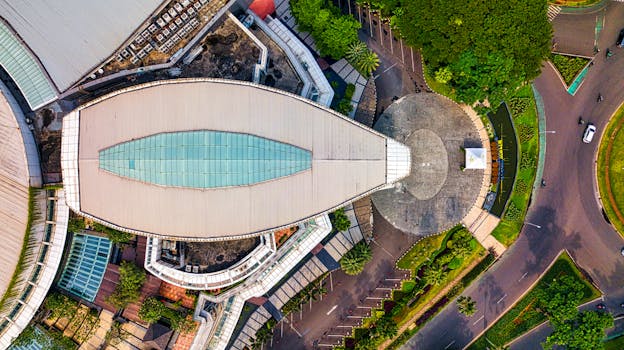
Urban Green Spaces: The Future of Outdoor Living in European Cities by 2025
Introduction to Urban Green Spaces
Urban Green Spaces: The Future of Outdoor Living in European Cities by 2025 is a concept that has gained significant attention in recent years. As the world becomes increasingly urbanized, cities are facing numerous challenges, including pollution, climate change, and a lack of green areas. Urban green spaces, such as parks, gardens, and green roofs, are being recognized as a crucial component of sustainable urban planning. In this article, we will explore the importance of urban green spaces, their benefits, design principles, and future trends.
Benefits of Urban Green Spaces
Urban green spaces offer numerous benefits to both the environment and human health. Some of the advantages of urban green spaces include:
- Improved air quality: Urban green spaces can help reduce air pollution by absorbing carbon dioxide and producing oxygen.
- Climate regulation: Green spaces can mitigate the urban heat island effect, reducing the temperature and improving the overall climate.
- Noise reduction: Urban green spaces can act as a buffer against noise pollution, creating a more peaceful environment.
- Increased biodiversity: Green spaces can provide habitats for various plant and animal species, promoting biodiversity and ecosystem services.
- Improved mental health: Spending time in nature has been shown to have a positive impact on mental health, reducing stress and anxiety.
Design Principles for Urban Green Spaces
When designing urban green spaces, several principles should be taken into consideration. These include:
- Sustainability: Urban green spaces should be designed with sustainability in mind, using drought-resistant plants, rainwater harvesting systems, and energy-efficient lighting.
- Accessibility: Green spaces should be accessible to all members of the community, including those with disabilities.
- Community engagement: Urban green spaces should be designed to foster community engagement, providing opportunities for social interaction and recreation.
- Integration with urban planning: Green spaces should be integrated into the overall urban planning strategy, taking into account the city’s infrastructure, transportation, and development plans.
Future Trends in Urban Green Spaces
As cities continue to evolve, urban green spaces will play an increasingly important role in promoting sustainability and improving the quality of life for citizens. Some future trends in urban green spaces include:
- Green roofs and walls: Green roofs and walls are becoming increasingly popular, providing insulation, reducing energy consumption, and creating habitats for wildlife.
- Urban forestry: Urban forestry initiatives aim to increase the number of trees in cities, providing shade, improving air quality, and promoting biodiversity.
- Community-led initiatives: Community-led initiatives, such as community gardens and urban agriculture projects, are becoming more prevalent, promoting community engagement and sustainable food systems.
Conclusion
Urban green spaces are a vital component of sustainable urban planning, offering numerous benefits to both the environment and human health. As cities continue to evolve, it is essential to prioritize the design and development of urban green spaces, incorporating principles of sustainability, accessibility, community engagement, and integration with urban planning. By doing so, we can create thriving, sustainable cities that promote the well-being of both people and the planet.





